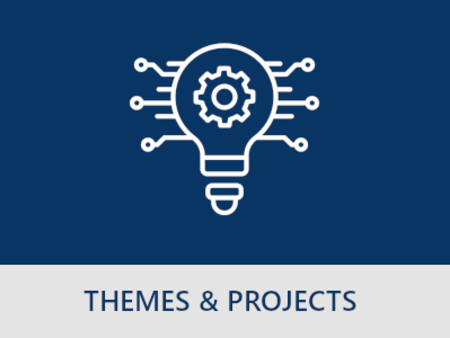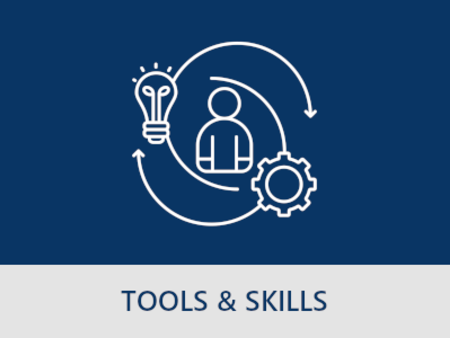Observation tools for the conservation of threatened ecosystems
BioEOS, the research project led by Ifremer on the development of observation tools, will be launched on June 15th for a period of 5 years, including a 2-year demonstration phase. This is the first Ifremer project to be awarded the Space for Climate Observatory (SCO) label. Proof that the Institute is a major player in the initiatives using satellite data to contribute to the climate effort.
The BioEOS (BIOdiversity Earth Observation and monitoring at regional Scale) project is the brainchild of Touria Bajjouk, a research engineer in the coastal benthic ecology laboratory, and is based on the need for spatio-temporal knowledge of living organisms, particularly in the French overseas territories. Two years later, with 10 partners (Gipsa-lab, Ifrecor, Inrae, IMT Atlantique, IRD, SHOM, Sorbonne University, Université de Mayotte, Université de La Réunion, Université de Toulon), the project was launched with the support of the CNES. Run in close collaboration with the DOI (Indian Ocean Delegation), BioEOS is in line with the projects carried out over the past 15 years in the Indian Ocean (SPECTRHABENT, HYSCORES, etc.) and is also helping to strengthen the actions set up as part of the PAOM (Overseas Action Plan).
Because species are disappearing at a rate 100 to 1,000 times higher than the natural rate
BioEOS will develop observation tools to characterise the spatiotemporal dynamics of coastal biodiversity, map changes, produce operational indicators to report on its state, and improve conservation measures. Some of the main knowledge gaps identified concern coastal ecosystems (coral reefs, seagrass beds), which are home to exceptional biodiversity. These ecosystems however are considered to be among the most vulnerable because they are the most exposed to anthropogenic pressures, whose impacts are accumulating.
Remote sensing images
The projects aims to acquire reliable and relevant data mainly using time series of images acquired by several satellites. In this manner, different needs and objectives will be met, such as assessing the state of coral reefs or monitoring the extent and structure of seagrass beds as a bio-indicator of water quality.
The French overseas departments and territories, a territory for experimentation
Because global species extinctions are around 60 times higher in the French overseas departments and territories than in mainland France, BioEOS has chosen to focus primarily on the south-west Indian Ocean region to set up a coastal biodiversity monitoring demonstrator. As well as being of interest for the vulnerable ecosystems in this region (coral reefs, mangroves, seagrass beds), such an area also presents a gradient of anthropogenic pressure. A set of parameters and proxies (estimates of a variable that cannot be measured directly) for the state of biodiversity will be extracted from the data collected on the pilot sites. The aim of BioEOS is to explain these assessments in order to understand whether they are due to global or anthropogenic changes, by modelling the trajectory.
BioEOS, a high-stakes project
Singled out as a high-stakes project jointly by CNES and Ifremer at the "Assises de l'économie de la mer" conference in November 2022, BioEOS caught the attention of CEOs Philippe Baptiste and François Houllier because it meets "the major challenge of advancing our knowledge of the ocean through a synergy of tools deployed in space coupled with in situ measurements".
BioEOS has the institutional support of the CNES, the General Secretariat for Regional Affairs (SGAR) via the DEAL Réunion (French Environment, Planning and Housing Department), the OFB (French Biodiversity Agency), the TAAF (French Southern and Antarctic Territories) and the RNMR (Marine Nature Reserve of Reunion Island). A collaboration is also planned with the international GEOBON (Group on Earth Observations Biodiversity Observation Network) community is also planned.






